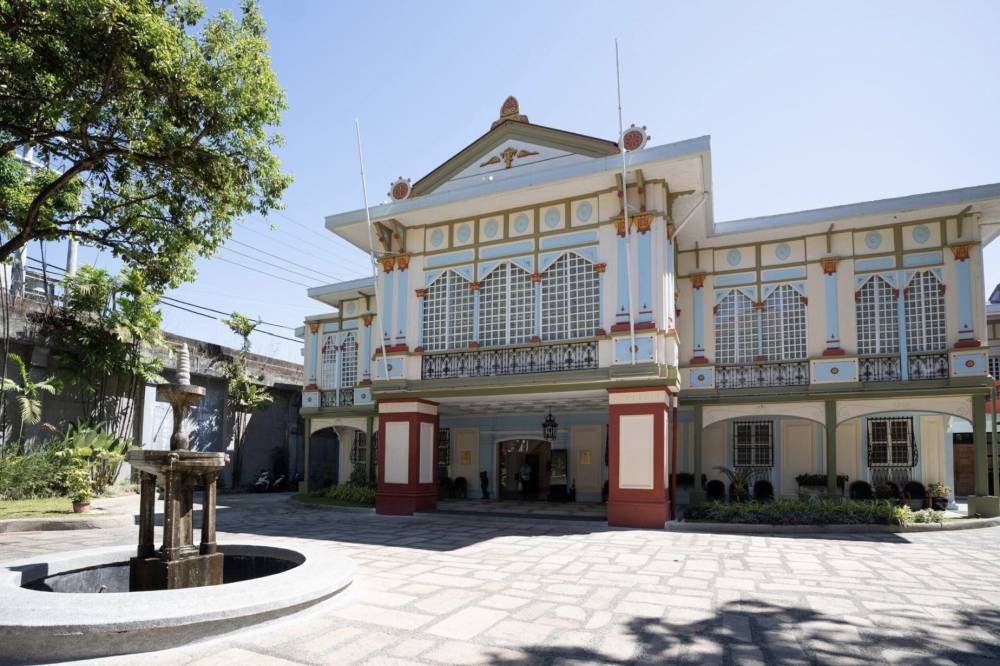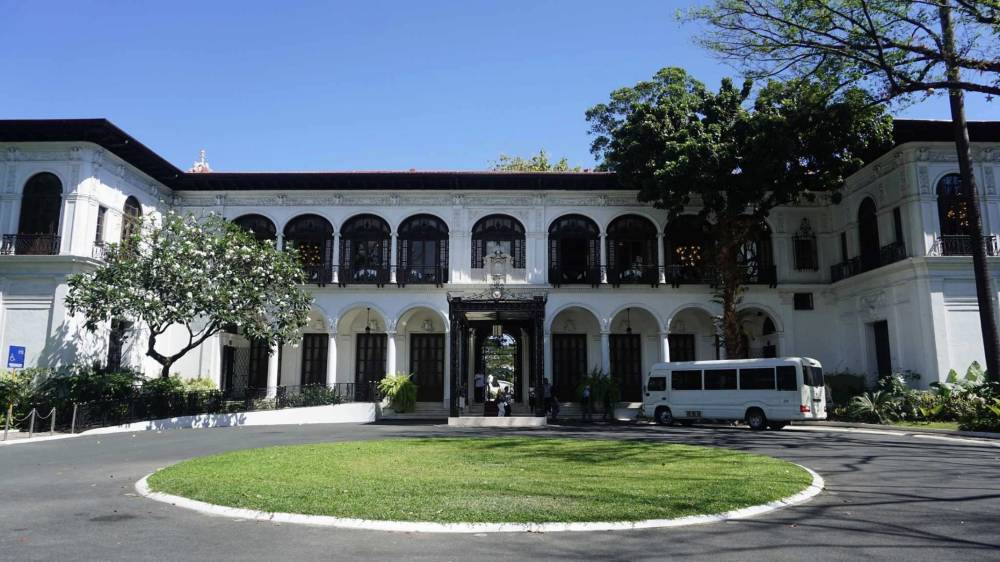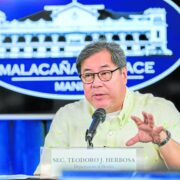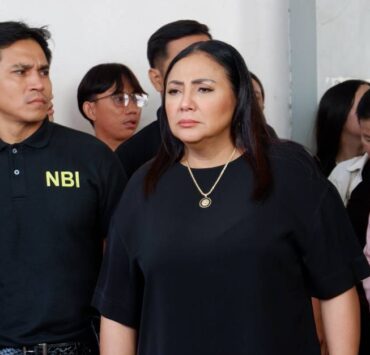Malacañang seeks to declare presidential mansions significant cultural properties

In the late 19th century, the Eugster family built a stately house in Manila’s San Miguel district which in 1908, after a succession of owners, housed the Philippine School of Commerce (now Polytechnic University of the Philippines).
In 1950, the house was acquired by businessman and Filipiniana collector Michael Goldenberg, who made it his residence, the reason why the abode is called as such today.
In 1966, it was acquired by the Marcos Foundation and subsequently renamed “Ang Maharlika,” which served as a guest house during the term of President Ferdinand E. Marcos following its restoration using plans drawn by Leandro Locsin.

Writing on the house for the Cultural Center of the Philippines Encyclopedia of Philippine Art, the late Rodrigo Perez III described it as “a unique example of 19th century Filipino architecture” for its aesthetic appeal.
This house, located on General Solano Street, is just one of eight Office of the President (OP)–related cultural properties up for declaration either as National Cultural Treasures (NCT) or Important Cultural Properties (ICP), following the petitions sent by the OP to the National Commission for Culture and the Arts.
It is an unprecedented move, given the number of properties being nominated and their high architectural, social, and historical significance.
Apart from the Goldenberg Mansion, other cultural properties being petitioned to be declared as NCTs are the Teus Mansion in General Solano Street, Kalayaan Hall on Jose P. Laurel Street, all in San Miguel, Manila, and the Mansion House in Baguio City.

Other mansions
Built in the mid-19th century, the house that would be called Teus Mansion was later bought by businessman Valentin Teus of Tanduay Distillers fame, and ownership was transferred to his eldest daughter Concepcion after he passed away in 1909.
The house was bought by then first lady Imelda Marcos, underwent renovations sensitive to the character of the building, and also functioned as a guesthouse.
Today, it is a presidential museum, built through the efforts of first lady Liza Araneta-Marcos.
Meanwhile, Kalayaan Hall was completed in 1921 with design executed by Ralph Harrington Doane, a Canadian-born architect who also designed other landmarks in the country such as the Legislative Building (now the National Museum of Fine Arts) and the Pangasinan Provincial Capitol.

Among others, this building served as the offices of Governors General Leonard Wood and Frank Murphy and became an executive building as a result of the establishment of the Philippine Commonwealth in 1935.
This mansion, as noted in the petition, has “intricate interiors crafted by renowned Filipino sculptors Isabelo Tampinco and Graciano Nepomuceno.”
Baguio’s Mansion House, the summer residence of the President, was built in 1908 and originally served as the official residence of the governors general during the American period, prior to 1935.
A popular tourist spot in Baguio and noted for its architectural design, setting, and important events it hosted, the mansion was declared a National Historical Landmark in 2009 by the then National Historical Institute.
Important properties
Three more properties are up for declaration, not as NCTs but as ICPs.
These are the Malacañang Park in Paco, Manila; Laperal Mansion in Arlegui Street, San Miguel, Manila; and Bahay Ugnayan at the corner of Jose P. Laurel and Barcastigue streets, also in San Miguel.
The park located across Malacañang Palace was established in the 1930s during the term of President Manuel Quezon as a place of retreat for presidents and their guests.

It has buildings designed by Juan Arellano and Antonio Toledo, including what is now the still intact Community Assembly Hall, which “further [emphasizes] the Park’s architectural significance.”
Bahay Ugnayan, as the petition describes it, is “a fine example of Spanish colonial architecture, showcasing the design principles and craftsmanship of the Neo-Mudejar style.”
It is not yet clear when this house was built, but it was already in existence in the 1940s. It housed a number of offices and institutions linked to the OP and now serves as a heritage museum which, according to Malacañang, symbolizes national memory and historical continuity.
Functioning as the official residence of past Philippine presidents and which also housed many government offices, the Laperal Mansion was built in the 1920s to be the home of Doña Sabina Sioco viuda de Escaler.
Three years after, it was sold to the Laperal family, thus the current name. However, it was only in 2022 that the ownership was transferred to the Philippine government although it has been intermittently used by the government since perhaps the late 1940s.
The following year, through the efforts of the first lady, the house was restored to become the Presidential Guesthouse.
It is noted for its “inherent architectural elegance and structural stability.”

















